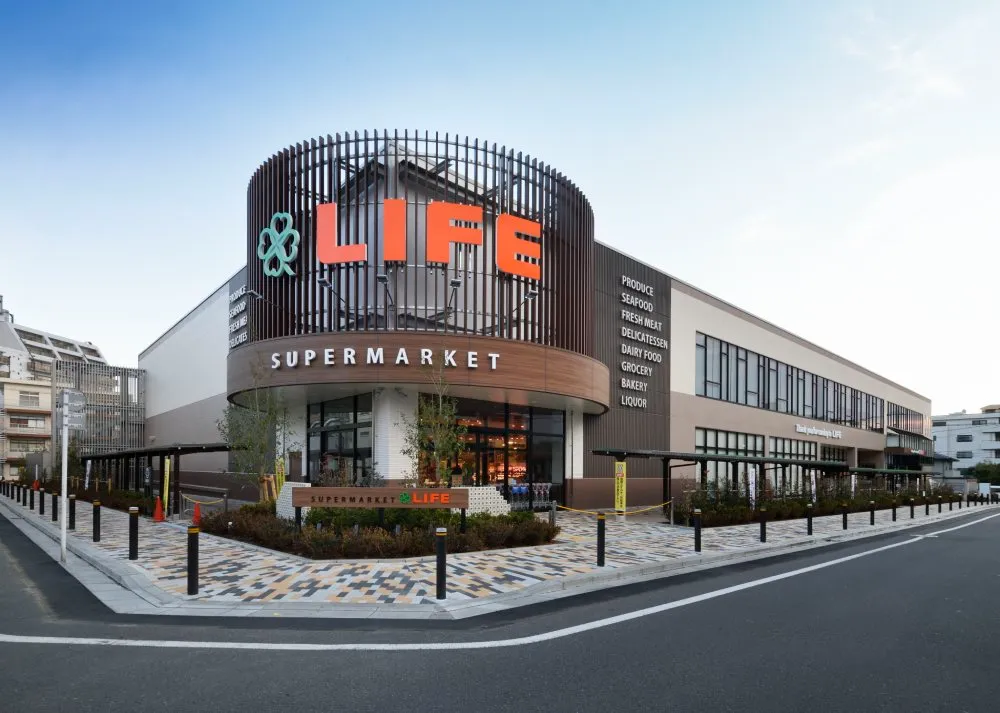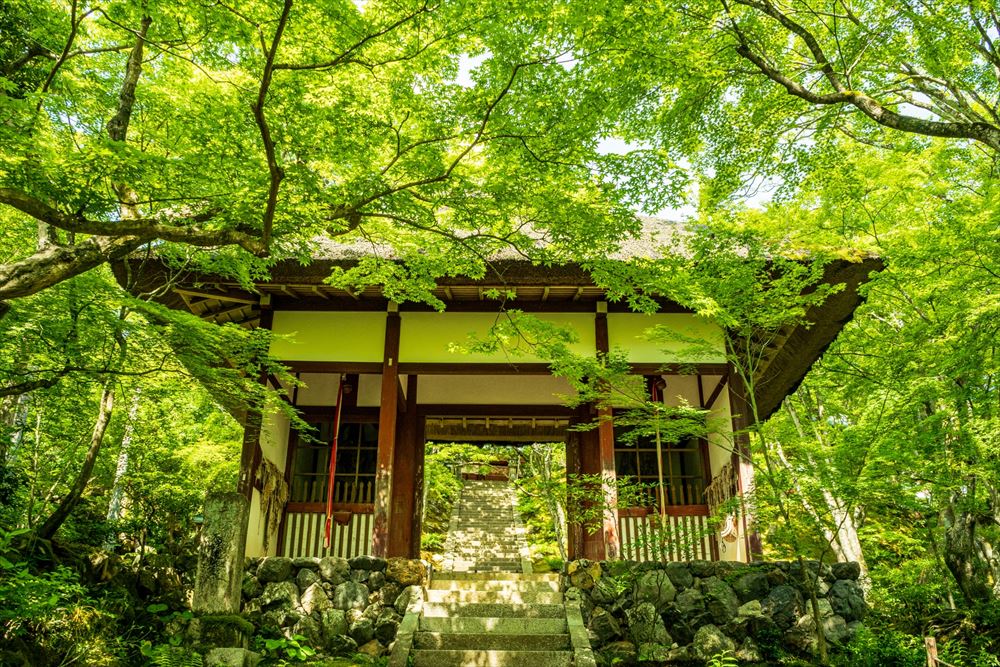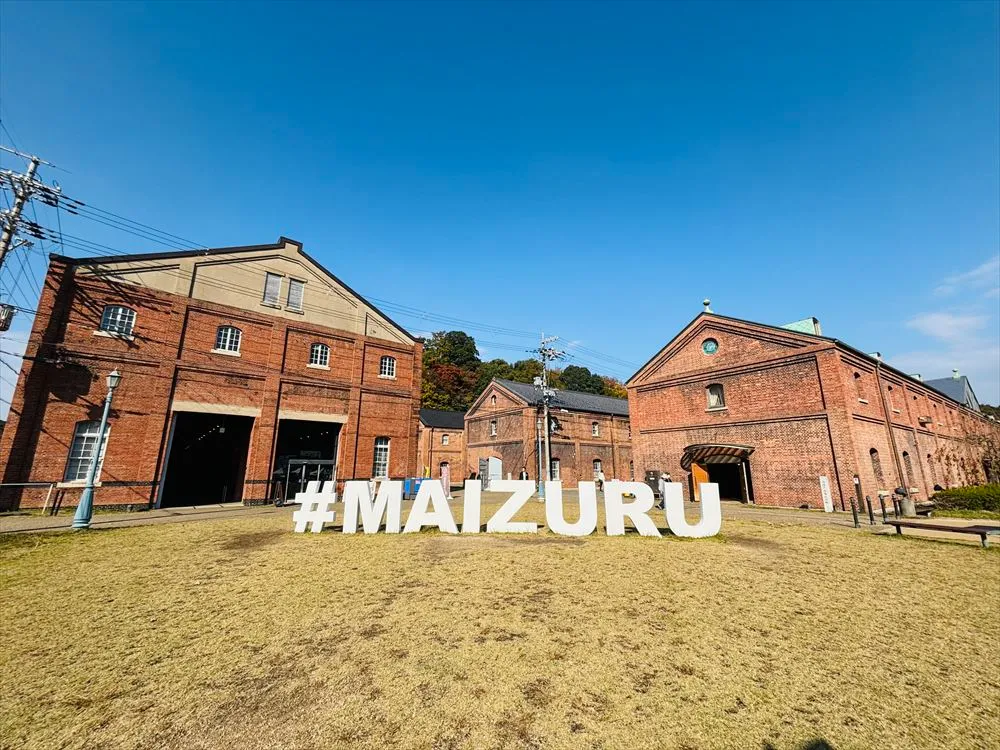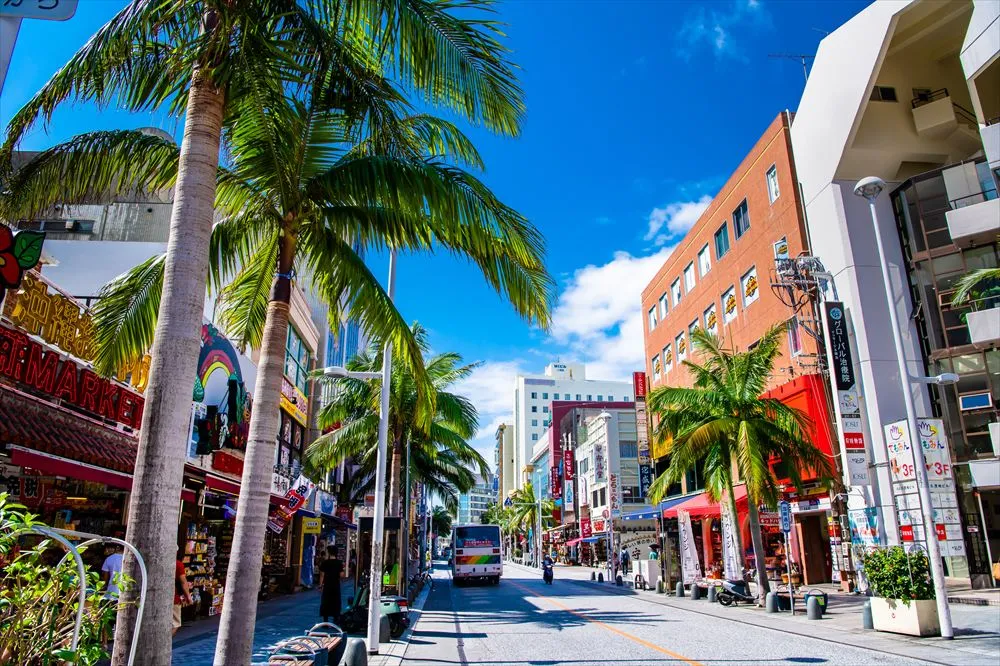-1024x683.jpg)
Welcome to Nishiki Market, "Kyoto's Kitchen!"
What is Nishiki Market?

Also known as “Kyoto’s Kitchen,” Nishiki Market in the center of Kyoto City is one of Japan’s most renowned markets with a history of about 400 years. Stretching for more than 390 meters from east to west lined with around 130 stores mainly selling fresh food, Nishiki-koji Dori Street is hailed as the heart of Kyoto’s food culture.
Bustling with locals, restaurant owners, and tourists from Japan and abroad, Nishiki Market offers a wealth of ingredients, from fresh vegetables and fruits to seafood, meat, and processed foods. Delicacies only found in Kyoto, cooking utensils, and traditional crafts are just some of the treasures here that make it an ideal place to experience Kyoto’s cuisine and culture.
This distinct collection of specialty shops is home to purveyors at the top of their game in every field, whether fresh seafood, vegetables, meat, dried foods, pickles, or sweets, lined up side by side. Expertise and techniques passed down from generation to generation enables each business to provide top-quality goods.
Nishiki Market also serves as a pillar of Kyoto’s food culture. As the place where scores of traditional Japanese restaurants, banquet rooms and ryokan (traditional Japanese inns) procure ingredients, this single shopping street has become an irreplaceable element of Kyoto cuisine. At the same time, the market also serves as a source of ingredients for the everyday cooking of local households.
In this way, Nishiki is a precious point of contact where tourists and locals come together at the nexus of one of Japan’s most prized culinary cultures in Kyoto.
Nishiki Market history

Nishiki Market’s history dates back to the Heian period (794-1185). Even back then, fish merchants reportedly gathered in this area, attracted by the blessing of pure underground water.
Nishiki Market was officially recognized in 1615, at the beginning of the Edo period (1603-1868). Entitled “Uodonya” (fish wholesaler) by the Edo Shogunate rulers, Nishiki joined “Kaminotana” and “Rokujo no Tana” as one of Kyoto’s 3 major markets.
In the Meiji period (1868-1912), the system of designated markets was abolished, and Nishiki Market was, for a time, in danger of decline. However, from 1928, butchers were added along with fruit and vegetable sellers giving rise to the rebirth of the street as “Kyoto’s Kitchen.” The area even survived World War II, continuously supporting the ancient capital’s food culture.
Nishiki Market is also known as the birthplace of Ito Jakuchu (1716-1800), an artistic genius of the Edo period. Born in the shop of a vegetable seller in Nishiki Market, Jakuchu rose to fame for his unique painting style. Artworks and a monument in his honor can be seen in the market.
What can you eat at Nishiki Market?

Fine foods only found in Kyoto are yours to enjoy at Nishiki Market. Most popular are the skewered side dishes sold at food stalls and in stores. The wide variety of these easy-to-eat treats, from charcoal-grilled chicken to shrimp and vegetable tempura, are sure to bring a smile to any hungry traveler.
Other must-try bites are dishes made with Kyoto’s famous foods such as tofu, yuba, and namafu. Seasonal delights are also not to be overlooked. Bamboo shoots and wild vegetables in spring, pike conger eels and sweetfish in summer, matsutake mushrooms and chestnuts in autumn, and crabs and oysters in winter bring pleasure to every time of the year.
There are also sweet shops aplenty. From traditional Kyoto “wagashi” (Japanese confection) to cutting edge Western sweets, the options are endless.
Please be aware that eating while walking is considered ill-mannered. Space at the front of the store or a little off the main walkway may be the best place to enjoy a snack.
Other attractions
The area surrounding Nishiki Market is filled with other sights worth seeing. At the eastern end of Nishiki-koji Dori is the historic Nishiki Tenmangu Shrine. This sacred place enshrines Sugawara no Michizane, known as the God of Learning, and is also famous for the spring water gushing on the grounds, “Nishiki no Mizu” (the Waters of Nishiki).
At the eastern end of the market, the street running north-south is Shinkyogoku Shopping Street. This roughly 500 m stretch is lined in shops bursting with fashion, accessories, and knickknacks, a perennial favorite of the younger crowd.
Walk just a little further and you reach Kamogawa River, one of Kyoto’s main attractions. The seasonal splendor of the waterway is a perennial beauty, but only in the summertime can you take a seat and dine in rarified elegance on one of the Noryo yuka (river decks) set up by restaurants along the river bank.
Also, walking north from the market, we soon come across impressive historical sites including the Kyoto Imperial Palace. Nestled amid the vast greenspace known as Kyoto Gyoen National Garden, the regal estate was once the residence of the Emperor.
Closing
Amid the dynamic energy at Nishiki Market, savor fresh ingredients and culinary treasures exclusively found in Kyoto. This is one place not to be missed when in town. The sights, sounds, fragrance and flavors are sure to linger as a delightful memory. After strolling through the market, a visit to the surrounding famous sites is an ideal way to finish the day.







